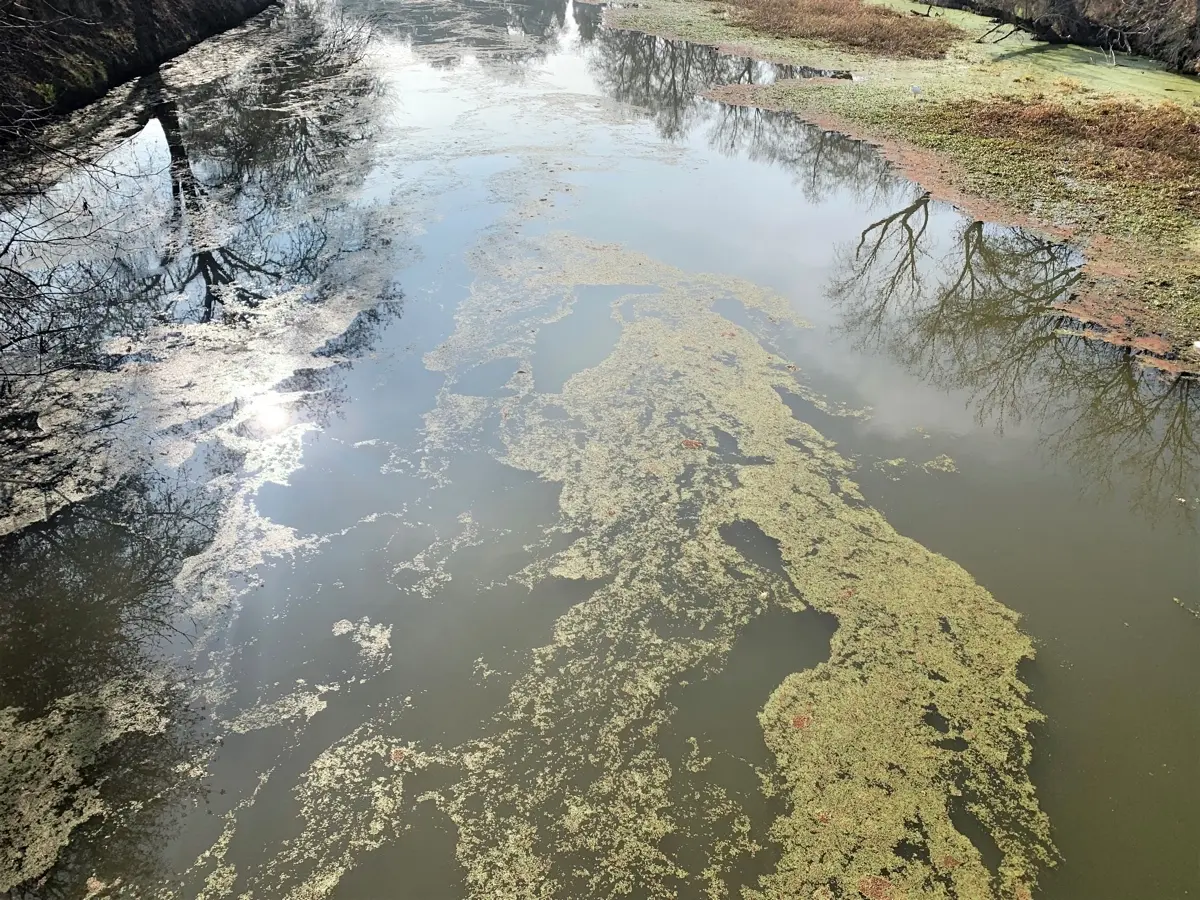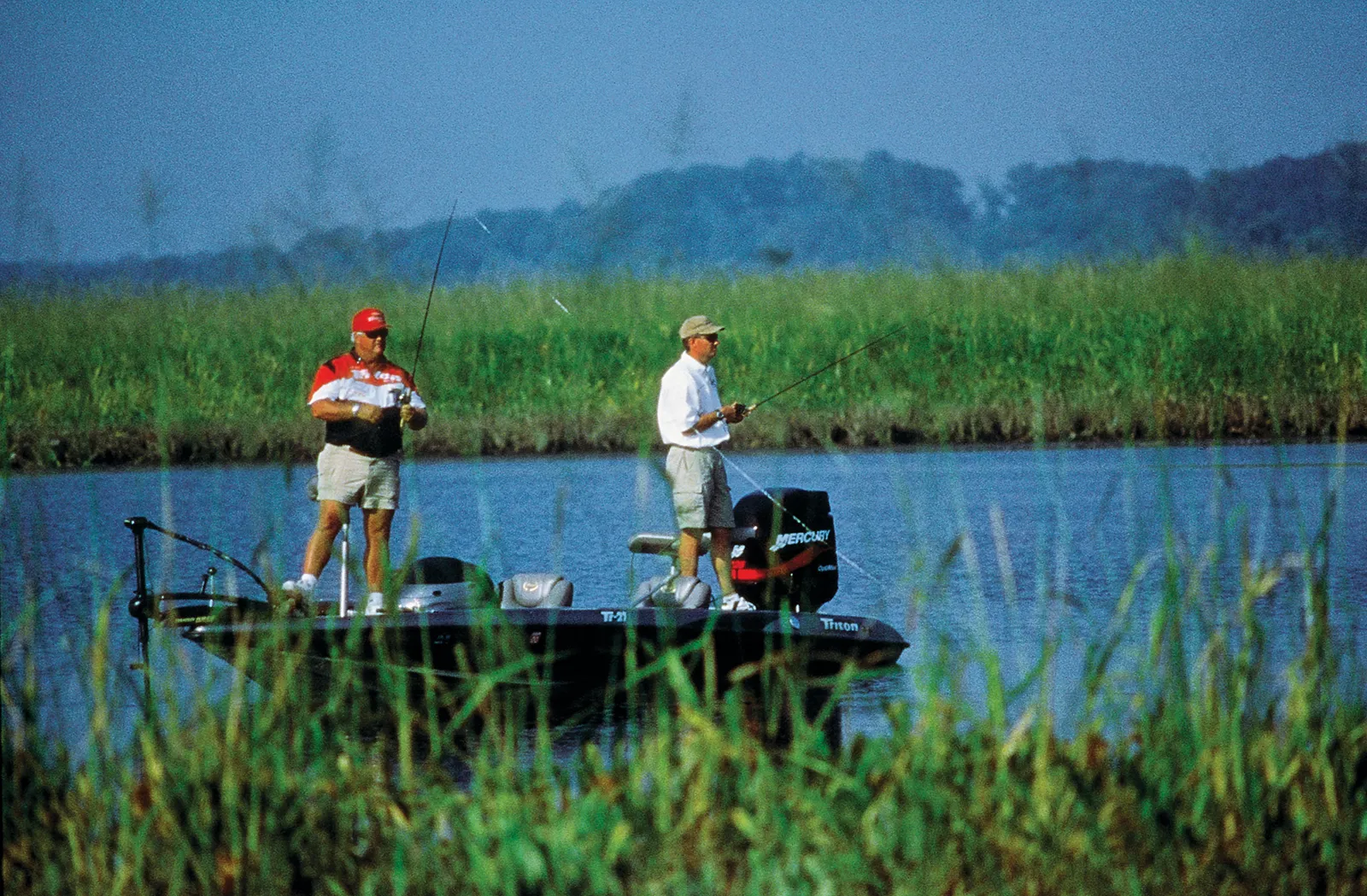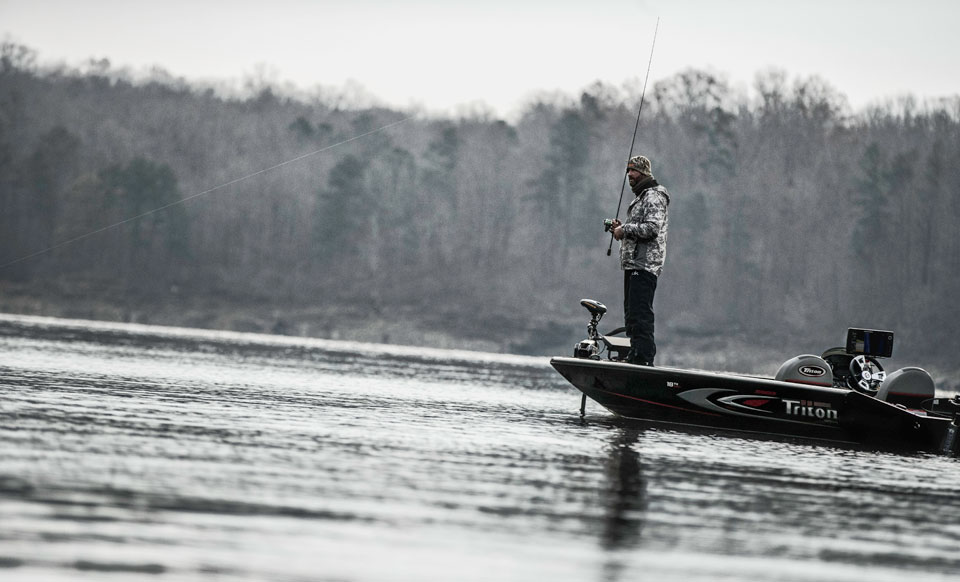The thrill of a strike, the tug-of-war with a determined fish – these are the moments that fuel the passion of anglers. But before this aquatic ballet unfolds, there’s a crucial step – choosing the right lure. Just as a skilled actor needs the perfect costume to embody their role, a lure needs to convincingly represent prey to entice a fish. This comprehensive guide delves into the intricacies of lure selection, empowering you to match your bait to various fishing conditions and maximize your chances of success.
Crystal Clear Clarity: Mimicking Perfection in Open Water
When sunlight penetrates deep, fish rely heavily on vision to identify prey. In these clear water conditions, deception is key. Here’s where lures that closely resemble natural bait and exhibit subtle, realistic movements take center stage:
- Soft Plastic Baits: These versatile lures excel in clear water. Their lifelike appearance mimics worms, grubs, and small baitfish, triggering instinctive feeding responses in fish. Opt for natural colors like green, brown, and translucent hues to maintain the illusion.
- Crankbaits: Choose crankbaits that boast realistic color patterns and resemble small fish. Opt for silent crankbaits to avoid spooking wary fish in clear water. Their tight wiggling action adds another layer of realism, further convincing fish that they’ve encountered a genuine meal.
- Jigs: Jigs paired with natural-colored soft plastic trailers are a winning combination in clear water. Bouncing them along the bottom creates a subtle presentation that mimics crayfish or other bottom-dwelling creatures, enticing fish to investigate and strike.
Murky Mayhem: When Visibility Demands Vibrations
Step into murky water, and the game changes. Here, sight takes a backseat, and fish rely more on their lateral lines to detect vibrations and movements. To stand out from the murky backdrop, consider these lure options:
- Spinnerbaits: These lures are champions in low-visibility conditions. Their rotating blades churn the water, creating strong vibrations and flashes that attract fish from afar. Bright colors like chartreuse and white excel in murky water, providing a visual cue for fish to home in on.
- Chatterbaits: Similar to spinnerbaits, chatterbaits boast a vibrating head that generates strong underwater commotion. Their unique design allows them to deflect off rocks and cover, making them ideal for exploring murky areas where fish might be hiding. Choose colors that contrast with the murky background to maximize their effectiveness.
- Spoons: The erratic wobbling action of spoons is a beacon in murky water. Their metallic finishes, like gold or silver, excel at reflecting light, creating a visual disturbance that attracts fish. Experiment with retrieve speeds and jigging techniques to entice strikes.

Topwater Tactics: The Allure of the Surface Strike
Topwater fishing offers an electrifying experience, with lures mimicking prey that fish would strike from below. Here’s your arsenal for this exciting fishing style:
- Poppers: These lures create a popping sound and surface splash when retrieved, mimicking a struggling baitfish. They are particularly effective in calm waters during early morning or late evening when fish are actively feeding near the surface.
- Buzzbaits: With their distinctive propeller-like blades, buzzbaits churn the water and create a commotion on the surface. This commotion triggers aggressive strikes from fish, especially in shallow waters with vegetation where prey might be fleeing for cover.
- Frogs: Designed to mimic frogs or other amphibians, these lures excel in areas with heavy cover like lily pads and weeds. Their buoyant design allows them to sit enticingly on the surface, waiting for a curious fish to investigate.
Delving Deep: Lures that Conquer the Abyss
Deep water fishing demands lures that can reach and maintain their position at lower depths. Here’s what you need to add to your tackle box for success:
- Deep Diving Crankbaits: These crankbaits boast large lips that allow them to dive deep when retrieved. Their wobbling action and realistic appearance make them perfect for targeting fish species that dwell in the depths of lakes and reservoirs.
- Jigging Spoons: Heavy spoons that can be vertically jigged are ideal for deep water. Their fluttering action on the fall can entice fish to strike as they investigate the descending lure. Experiment with different jigging cadences to find what triggers bites.
- Blade Baits: These metal lures are built to sink quickly and can be jigged vertically. They create a lot of vibration, making them effective in deep water where fish rely on their lateral lines to detect prey. Their compact size allows them to efficiently reach the strike zone and entice bites.
Through the Thick and Thin: Conquering Heavy Cover
Fishing in areas with a lot of vegetation or cover demands lures that can navigate these obstacles without getting snagged. Here are your secret weapons for tackling heavy cover:
- Weedless Spoons: These ingeniously designed spoons feature a weed guard that prevents them from getting hooked on weeds and other underwater obstacles. This allows you to confidently explore areas where fish might be hiding and ambush them with a realistic presentation.
- Texas-Rigged Soft Plastics: This rigging technique is a game-changer in heavy cover. The hook point of the soft plastic bait is strategically embedded within the body, creating a weedless presentation. This allows you to crawl the lure through vegetation and entice bites from fish lurking within the cover.
- Frogs: As mentioned earlier, topwater frogs are not just for surface action. Their weedless design makes them perfect for fishing in areas with heavy vegetation. Their buoyant body allows them to float over weeds and lily pads, presenting an irresistible target for fish hiding beneath the surface.

Cold Calling Success: Lures for Chilly Waters
Cold water presents a unique challenge. Fish become less active and tend to stay closer to the bottom, conserving energy. Here’s how to adjust your lure selection for success in colder temperatures:
- Jigs: Slow dragging a jig along the bottom is a highly effective technique in cold water. The subtle presentation and natural colors, paired with a soft plastic trailer, entice sluggish fish to investigate and strike. Experiment with trailer sizes and colors to find the perfect combination for the specific conditions.
- Blade Baits: The tight vibrating action of blade baits is a great way to entice bites from cold-water fish. The vibrations travel well through the water, attracting fish that might not be actively searching for food. Experiment with different retrieve speeds and jigging techniques to trigger strikes.
- Slow-Retrieving Crankbaits: In cold water, fish are less likely to chase fast-moving lures. Opt for crankbaits with a tight wobble that can be retrieved slowly. This subtle presentation mimics a lethargic baitfish, a more believable target for cold-water fish with a reduced metabolism.


Robert Smith is the proud owner of Bait Barrels and Bows, a premier fishing sports store established in 1989. With over three decades of experience in the industry, Robert has honed his skills to become an expert angler, sharing his vast knowledge and passion for fishing with enthusiasts around the world. Through his store and writings, Robert provides invaluable tips and guidance, helping both novice and seasoned anglers improve their techniques and enjoy the sport to its fullest. His commitment to the fishing community is evident in his dedication to quality products and excellent customer service.

